By Eric T. Baker
Turn based strategy games for the Xbox seem to be as rare as hens teeth. Daisenryaku VII: Modern Military Tactics is an import from Japan, and 30% of all the Xbox owners there purchased a copy. Daisenryaku is a game that models modern mechanized combat and opts to reward strategy and planning over fast twitch muscles. The game has three playable modes, as well as tutorials. Players control an entire military force equipped with state-of-the-art technologies. In the “mission” mode, players can fight battles over the course of 26 missions on 160 stylized 3-D battlefields against the computer. Players can also fight other players in the “free” mode. The “map” mode allows the players to create custom maps and forces for battles of their own devising.
Battles are fought using models of 400 real-life military vehicles, including: submarines, fighter planes, jeeps, tanks, ships, and aircraft carriers. Each vehicle is rated according to its real world strengths and weaknesses, and the game engine allows them to be used for a wide range of purposes. The player who is best able to maximize his effects of force will come out the winner.
Set in the Indian subcontinent during the years of 1767-1846, Rob Markham’s Soldier Raj, a board game using dice, counters, and cards, allows players to simulate the war and intrigue taking place in the area during that time. The game portrays all the powers concerned: the many Indian kingdoms and the European nations who sought to dominate them. In addition to the battle between East and West, the game also covers the internal battles that took place on each side.
Soldier Raj expands on Markham’s previous game, Soldier Emperor, and the two games can be combined for an even more authentic experience. Players guide the military, politics, and economies of their nations. There are a numerous possible scenarios laid out in the game’s rulebook, including Hyder Ali’s defeat of the British in the First Mysore War in 1767, and Britain’s final conquest of the Sikhs in 1846. Each player has various leader units he can call on from Sir Arthur Wellesley (later created the Duke of Wellington) to the Sikh ruler Ranjit Singh.
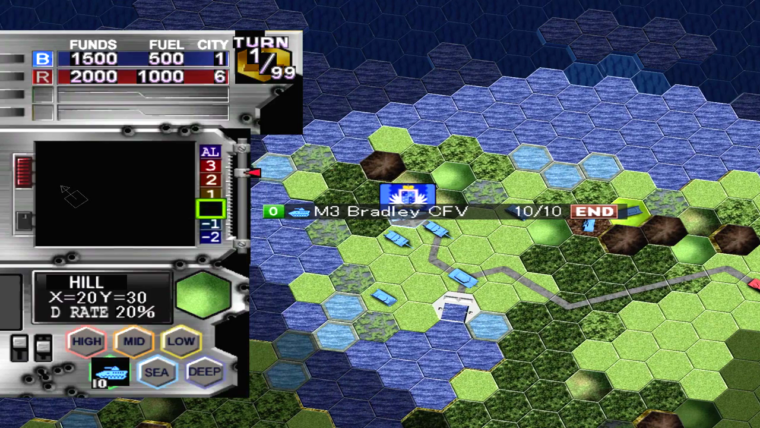
The counters for the game are large and thick, and the map comprises the entire region of South Asia. Players move their armies and fleets over the numerous routes depicted–going from area to area. Combat is done by means of dice rolling, strategic moves are governed by cards, and it is with the card that players really need to be effective to ultimately win.
A much more recent conflict is portrayed in the PC game Flashpoint Germany. Set during the height of the Cold War, it pits the two armies with the greatest destructive potential in the history of the world against one another in Western Germany. Players take the role of a general in either the NATO or Warsaw Pact forces. The player gives strategic commands and the AI staff of the regiment or brigade resolves the tactical details after an appropriate delay for orders to be delivered.
The units in FG are historically correct tank and infantry companies with specialist platoons for the Warsaw Pact along with tank and infantry platoons, and specialist sections for the NATO forces. All told there are 177 unit types, 195 vehicle types, and 112 weapon types between the four nationalities. Units can fight with nuclear and chemical weapons, call air strikes, and lay minefields.
The single player game has seventeen scenarios and two tutorials. The multiplayer game can be done over a network or by e-mail with the option of custom setups can that can be created for either flavor.
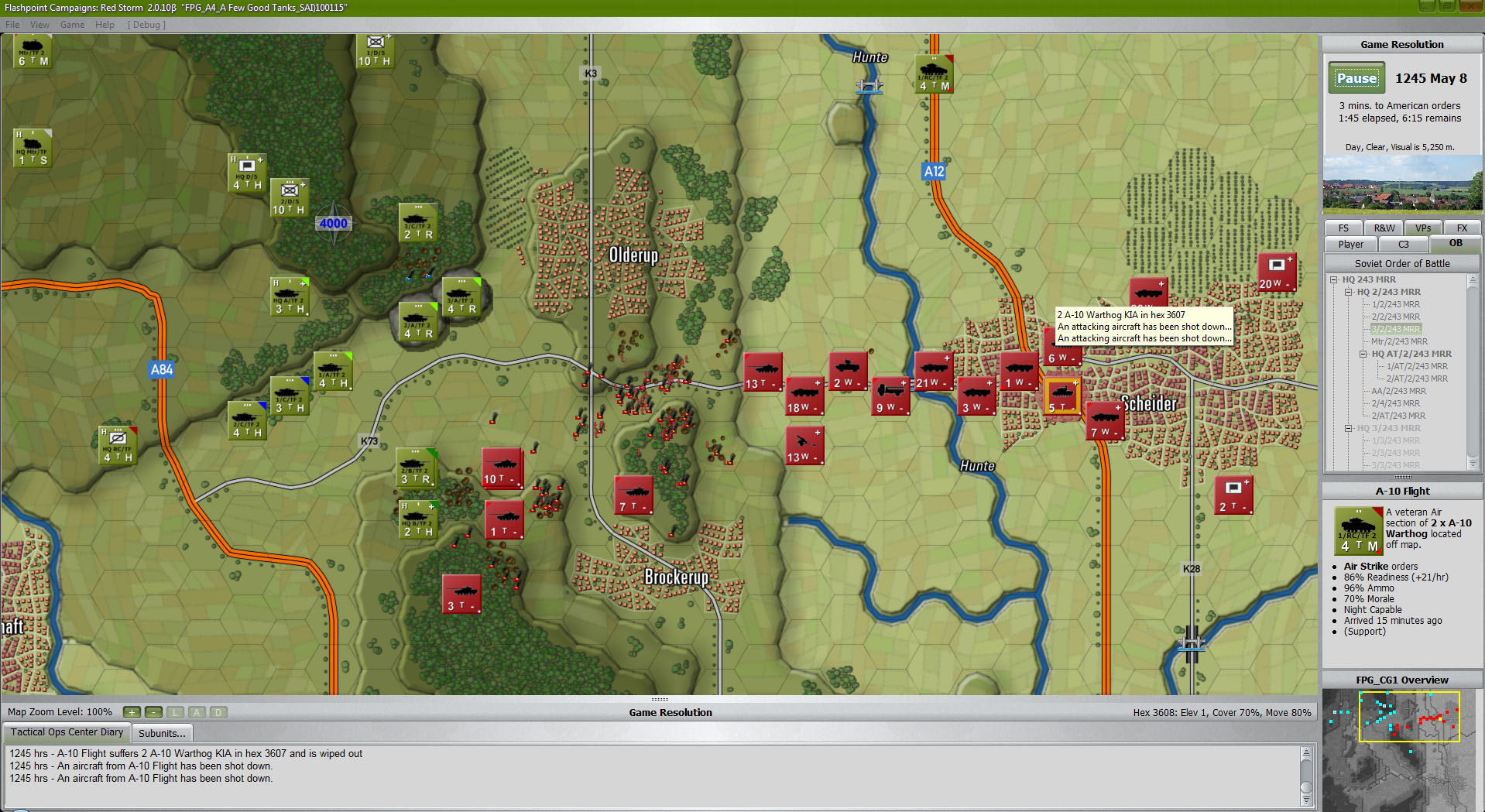
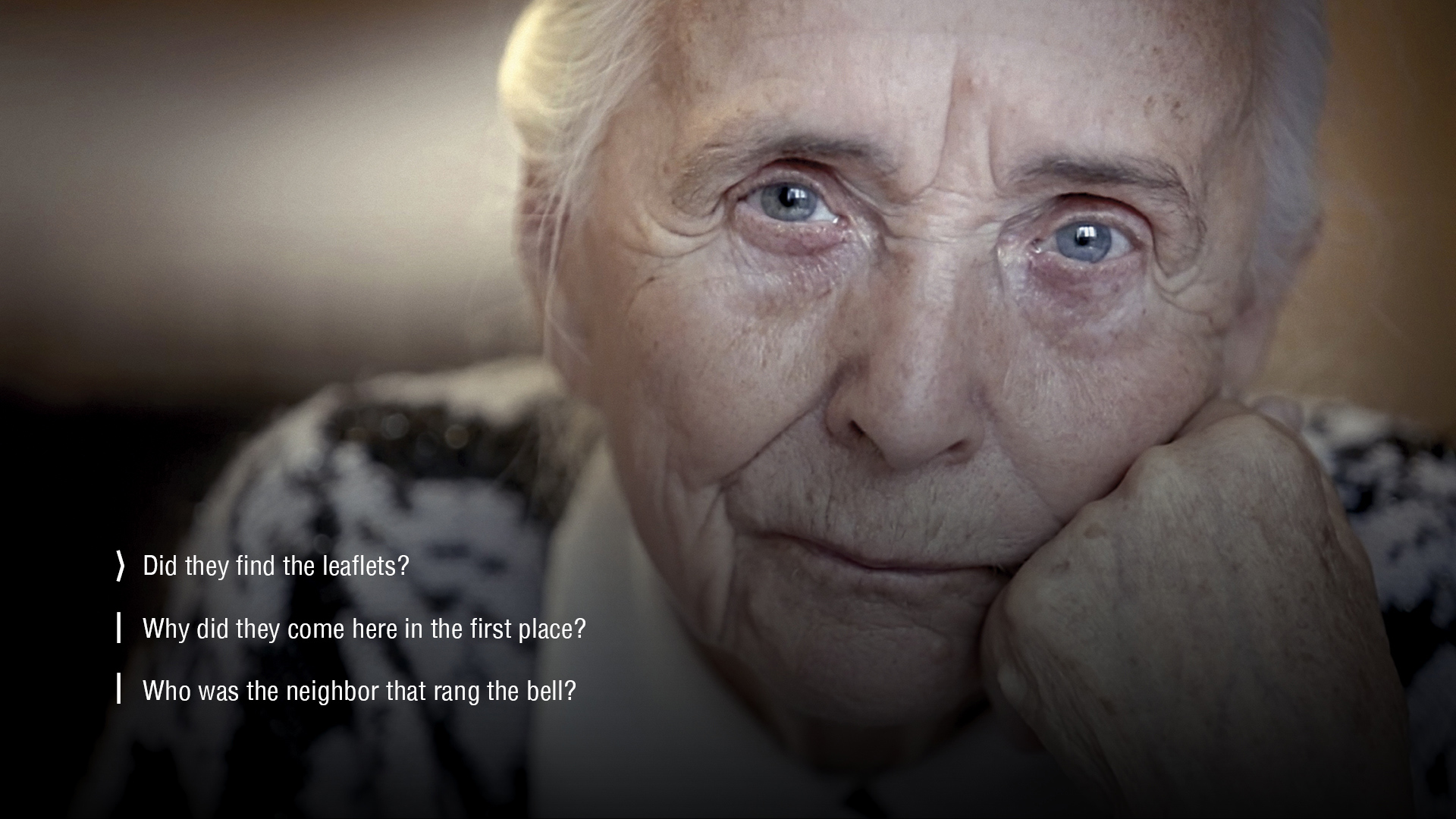
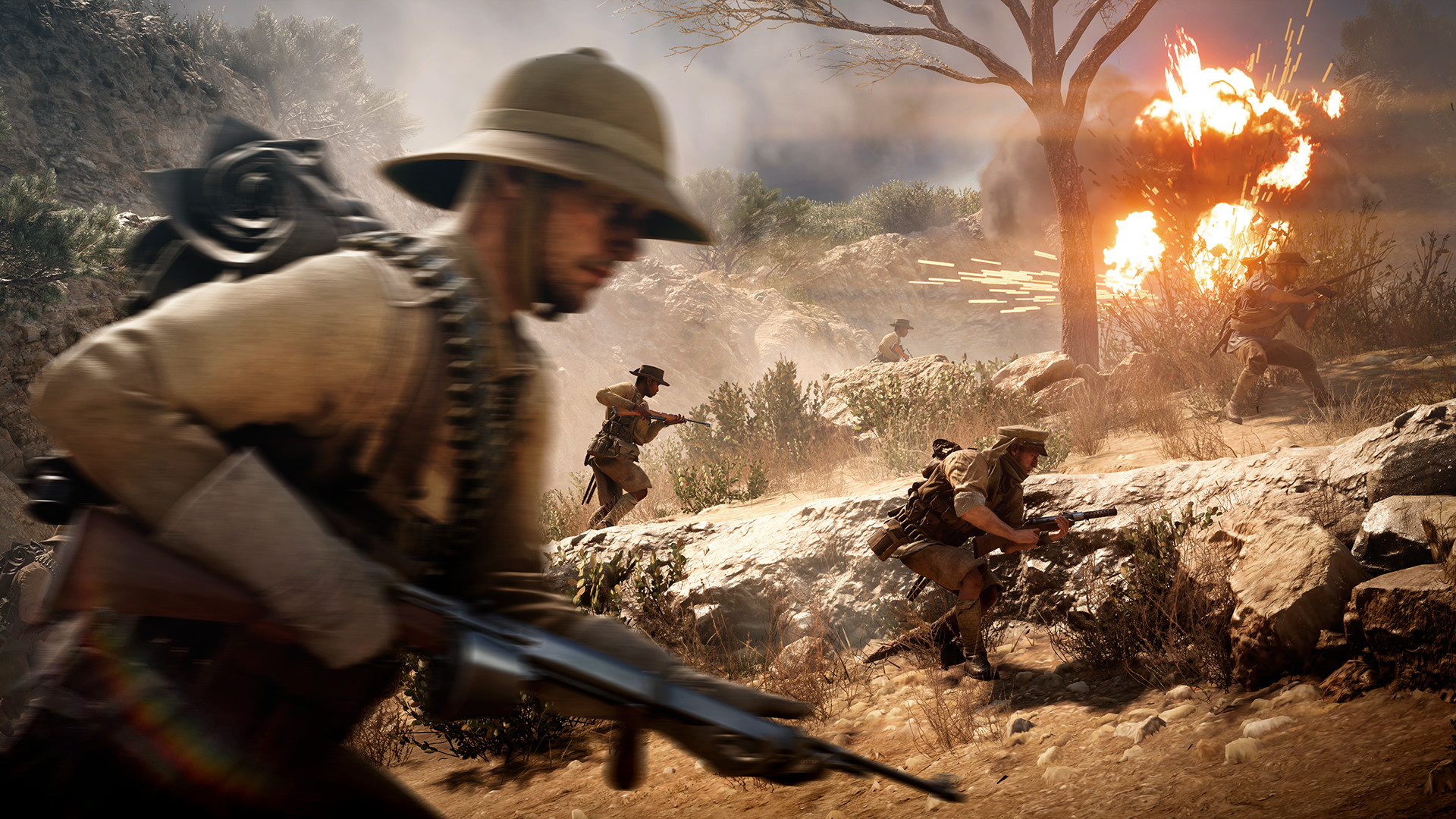
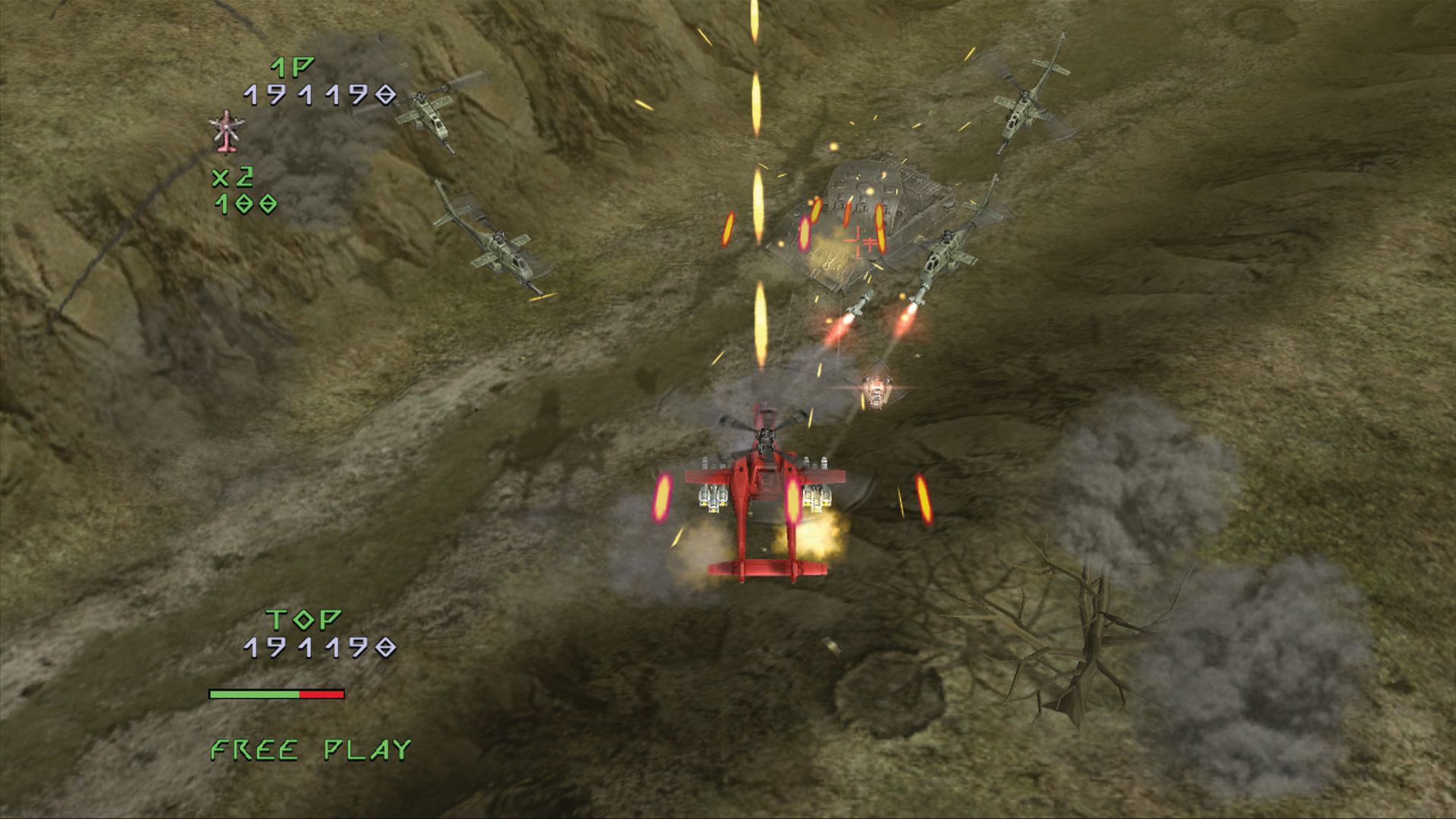
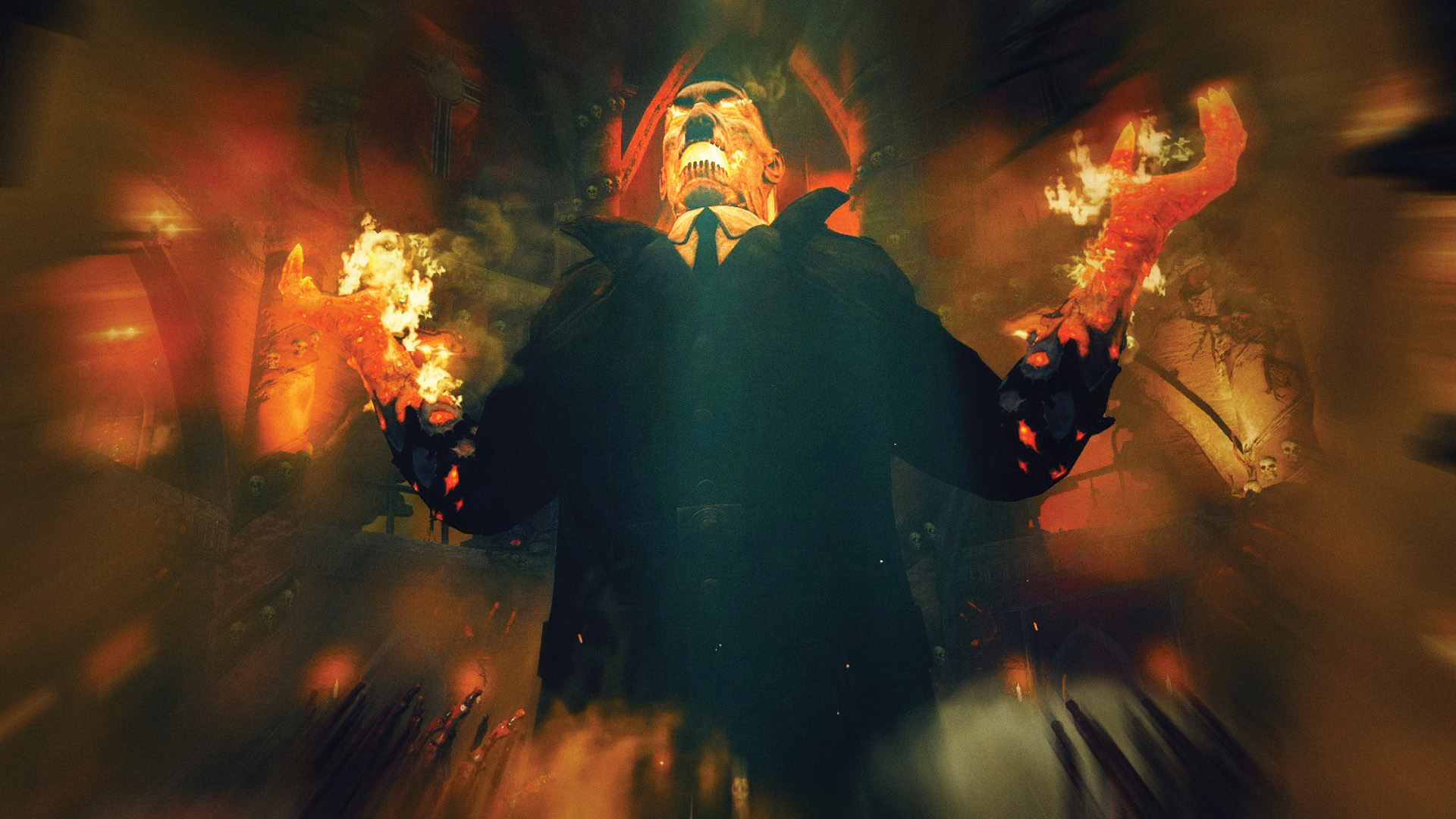

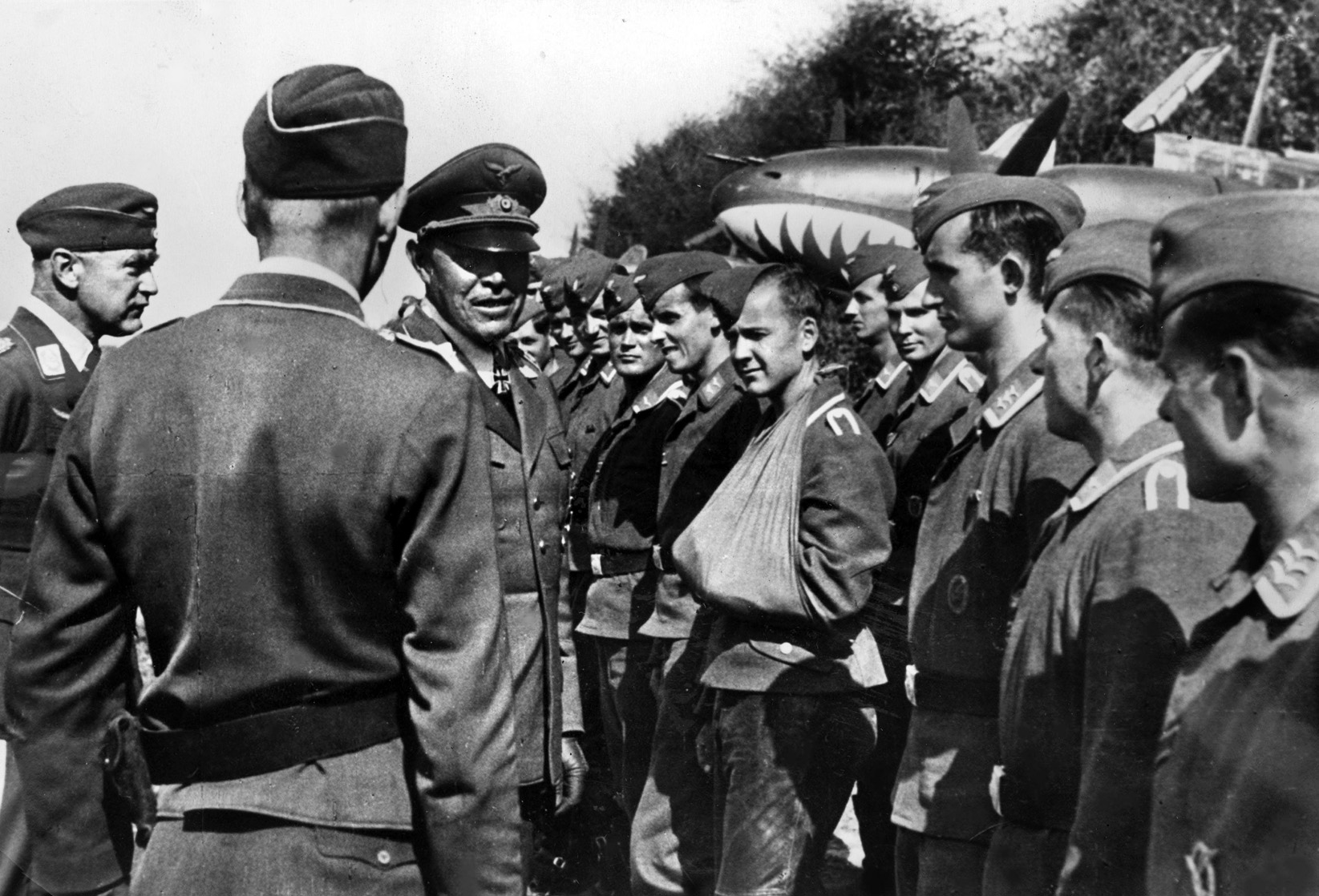

Join The Conversation
Comments
View All Comments